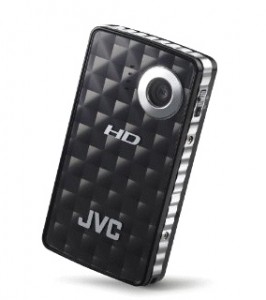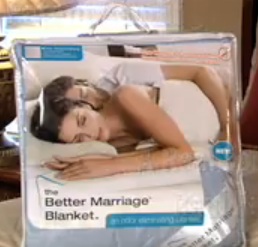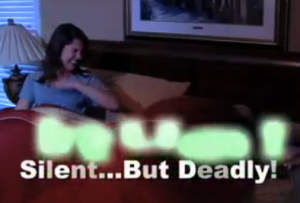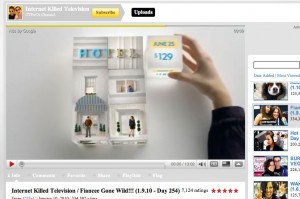I’m a big fan of Rhett and Link, the singing duo on YouTube who make sponsored videos that are so damned entertaining they hurt. It’s like watching MGM’s latest videos… I am both thrilled for them and ready to hang up my hat.

I’ve blogged about them dozens of times, featured them in my book, and recently noticed that their views for sponsored videos rivals their views of “normal” videos on YouTube. Could you have guessed years ago that a fairly unknown duo doing mostly musical commercials would garner a regular following that exceeds many non-sponsored performers?
So how do these two turn promotions into candy coated, juicy filled delights? There are many correct answers, but I believe there’s one best answer.
It’s not their talent, creativity, music, comedy or filmmaking skills. It’s because they have earned the right to convince a client to give them creative freedom. I’ve NEVER seen a Rhett & Link advertainment musical that wouldn’t delight me as a client. Damn this blog post sounds like a friggin’ advertisement for them, and I’ll admit I consider them friends (or at least I’ve got a fellow creator… with a fan crush). But I’m not on commission.
This new pillow spot brings visual intrigue surpassed by few videos since “Mentos and Coke,” and combines it with a song that’s great on its own. 300K plus views just one day after launch, and nearly 10% of the viewers “liked” the video. These little hicks are modern day Mad Men who don’t have to buy their way to eyeballs, and they make it look effortless like an olympic gymnast. Want to know the real pisser? They’re laid back and cool. Combine these guys with MysteryGuitarMan and you’ve got a never-ending gobstopper of viral video fun… without a lick of pretension.
Some gents enjoy their fine wine. Others a cigar or brandy. But this girl wants to savor the sweet symphony of music, creativity, amateur videography and blissful promotion. The Awl writes about the best songs written for commercials, and I propose that blog post redirect to Rhett and Link.com.
What’s even more magical about this SleepBetter.org campaign is that it’s like entering Disney World. You just keep getting sucked deeper into the experience. My kids discovered it, and ran to my office insisting I search “2 guys, 600 pillows.” We watched it several times, and then gazed upon the “behind the scenes,” which was brilliantly placed back at SleepBetter.org. I was spellbound as I was reminded that a few of my 20 plus pillows are perhaps older than some of my children. And I will absolutely 100% purchase a pillow from SleepBetter.org, and this company — nameless to me 30 minutes ago — has now the reflected glory of this North Carolina duo. I’m beginning to wonder if Rhett and Link could sing a song that would make me want to eat dog food cooked from 7 owls. And frankly I think they could.
“Dad can we buy the song on iTunes?” said daughter Katie from the other room. Did she really need to ask? Now my kids are discussing the lyrics… Julie McKnight.
One of my favorites to play at conferences remains Taco Bell Drive Thru Folk Song, but Pillow rivals it and the AlkaSeltzer campaign. While shooting that AlkaSeltzer Cheesesteak video (in which I cameod) Rhett and Link sang a new version of the Nalts song written by MysteryGuitarMan. It’s quite beautiful (footage courtesy of Edbassmaster). Give it a listen and singalong.





